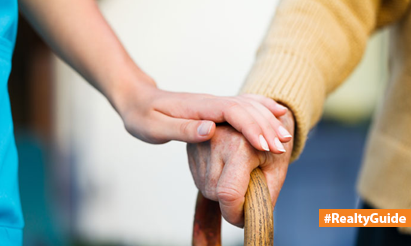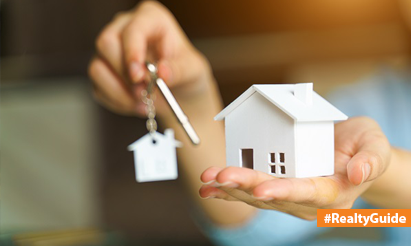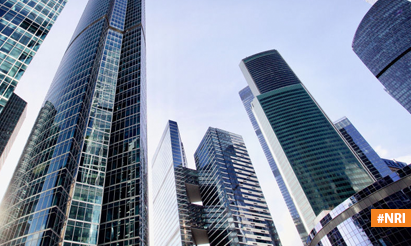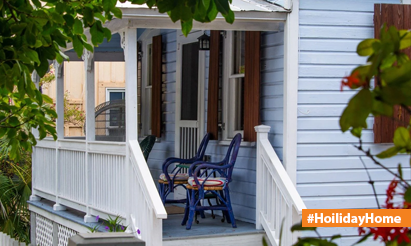Things that depreciate your home’s worth
When acquiring a home, buyers consider a variety of factors. They take into account the interiors and exteriors of the property, as well as the neighbourhood, connection, and resale value. Although numerous factors operate to increase the value of a property, others work to decrease its value. Buyers utilise such qualities as an influence throughout final price bargaining to persuade you to lower the price of your home after recognising them.
These are particular items that you may or may not be able to change that lower the value of your house. It is good to be aware of such factors that may operate against your home and lower its value. Let us separate these qualities into those that you can and cannot modify for deeper comprehension.
Although you should focus on the areas you can change, you should also attempt to think of methods to communicate the unfavourable parts to consumers in a way that does not result in an extreme price decrease or agreement cancellation. It is also advisable to consult with a local broker for this reason. These factors are classed as external and internal inhibitors, and they are as follows:
Inhibitors on the outside (not in your power to fix)
Local negative aspects: Eyesores in your neighbourhood, such as rubbish dumps, slum communities, large dumps, and cell towers, are examples of negative local variables. Though some of these items, such as mobile towers and landfills, are unsightly, they are also harmful to your health and may cause purchasers to undervalue your home.
Inadequate infrastructure: This component is concerned with the transportation, social, and civic infrastructure of the neighbourhood in which your home is located. Perhaps the area is not well-connected to job centres by road or rail, or it lacks adequate schools and medical facilities nearby. There might be a shortage of water or power in your neighbourhood. These factors can significantly diminish the value of a home.
Oversupply in the market: This is a situation in which there are considerably more properties for sale in a given location than there are purchasers. In such cases, sellers are sometimes forced to lower their asking price to match market values or to seal a sale amid fierce competition.
Internal impediments (more or less in your control to fix)
Inside/exterior eyesores: These are ugly characteristics of the property in question’s interior and outside. Big stains, seepage or large fissures in the drywall or ceiling, and flaking wall paint are examples of interior eyesores. A filthy apartment with dust on the floor can also dramatically diminish the value of your home since purchasers will get a bad image of it and will not perceive it to be of the advertised worth.
External eyesores (in the case of an independent villa) include broken/damaged entry gates, huge fractures or flaking paint on the external perimeter, or the appearance of being in poor shape.
Spend some time developing a story about your home that emphasises the positives while minimising the uncontrolled negative variables in possible to lessen value decline and increase the likelihood of buyers shortlisting the property you wish to sell.
Disclaimer: The views expressed above are for informational purposes only based on industry reports and related news stories. PropertyPistol does not guarantee the accuracy, completeness, or reliability of the information and shall not be held responsible for any action taken based on the published information.




